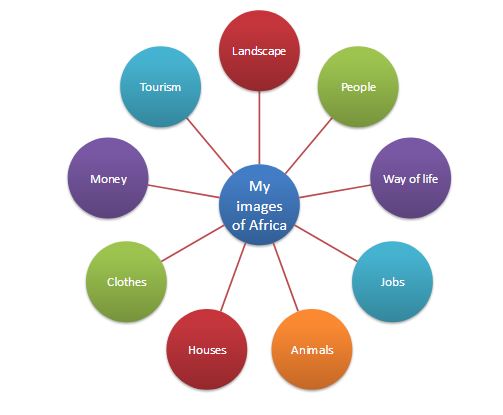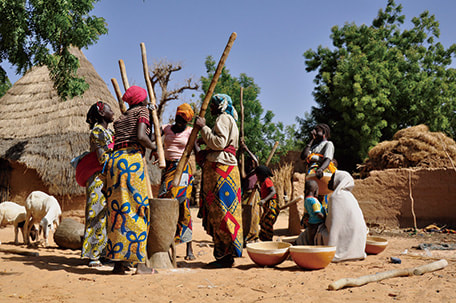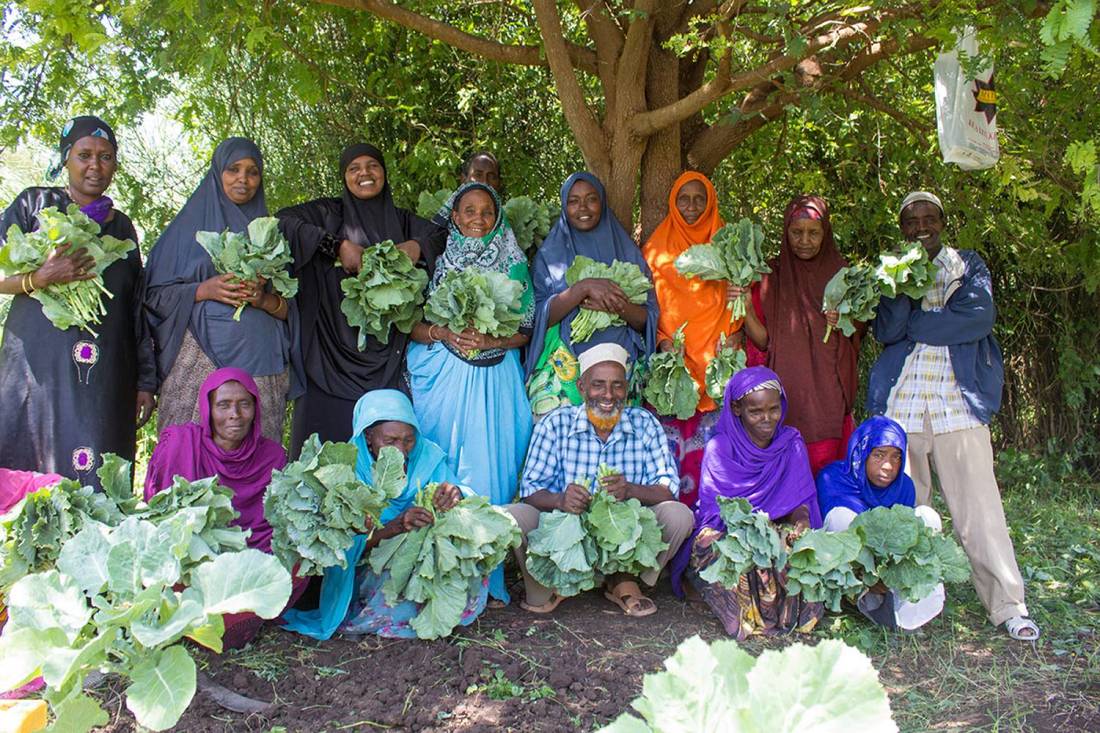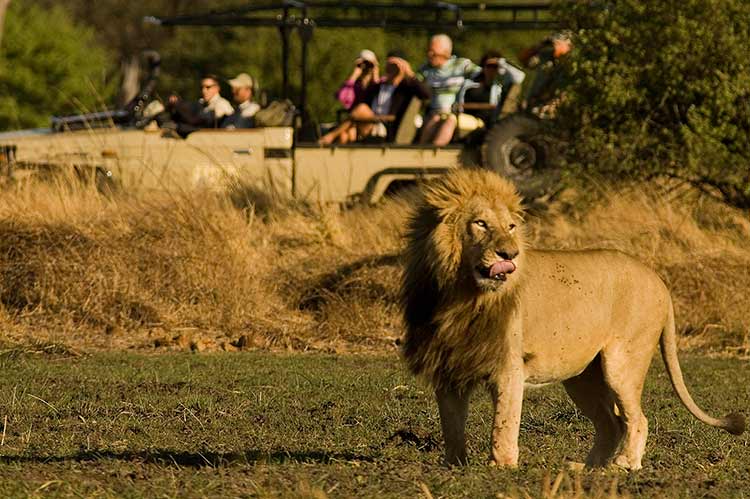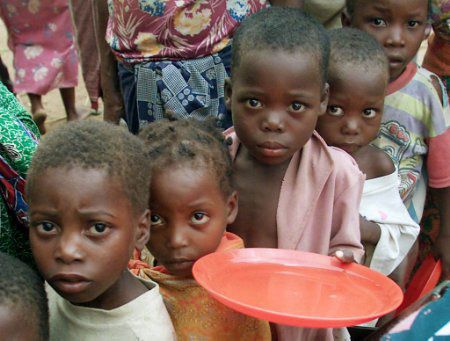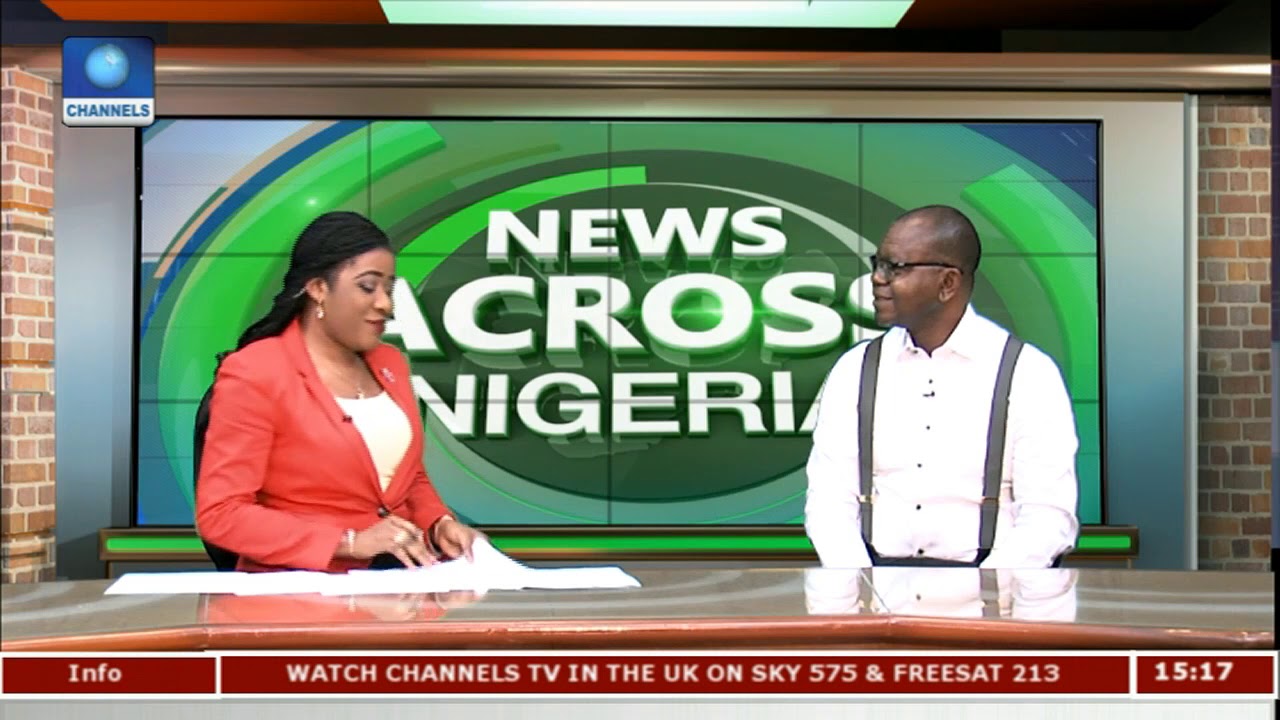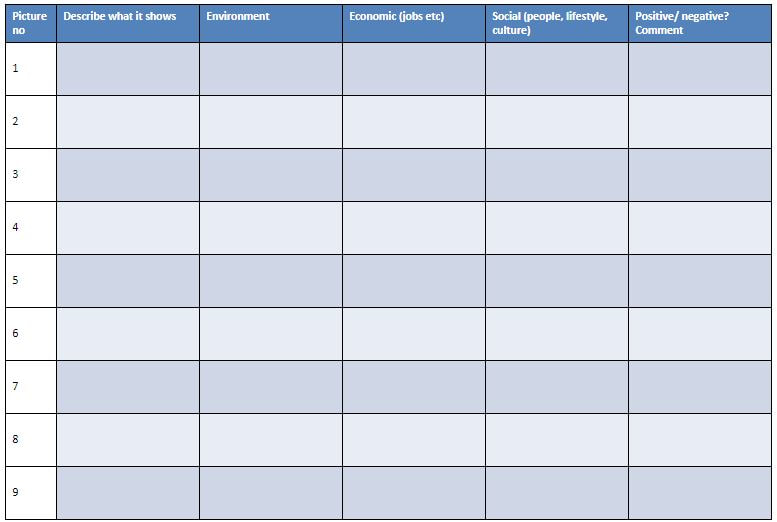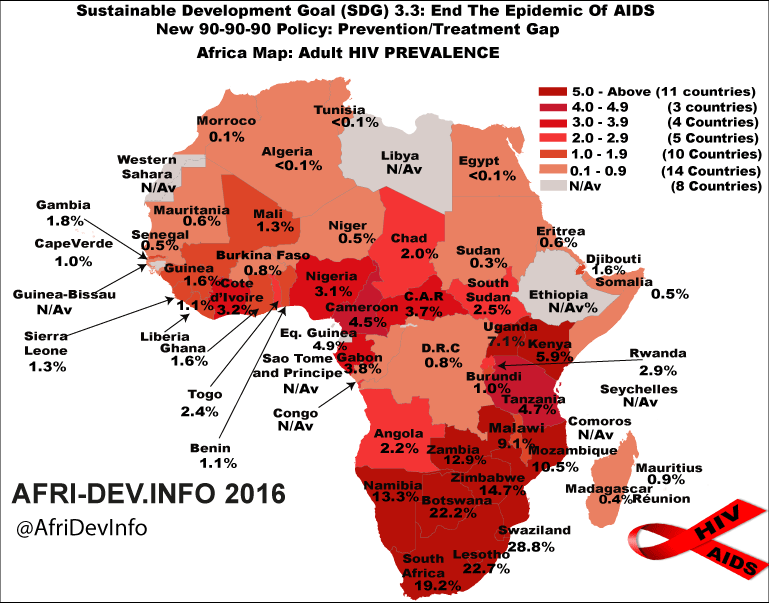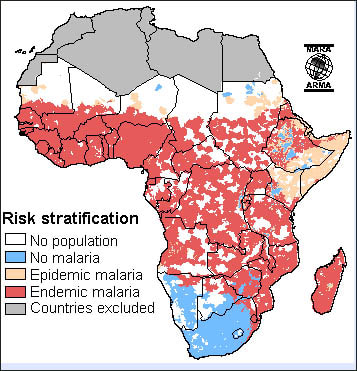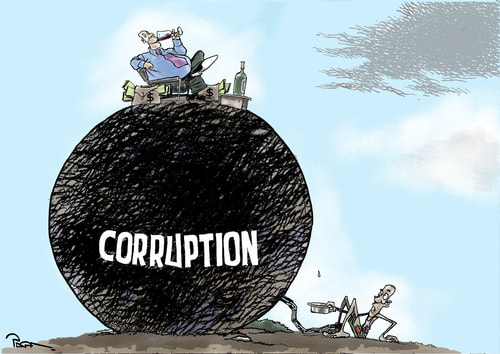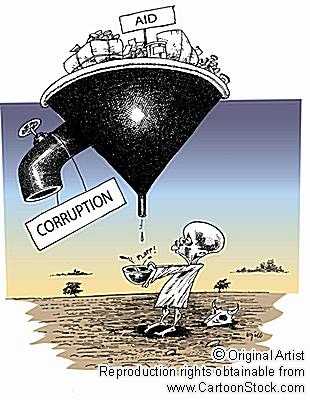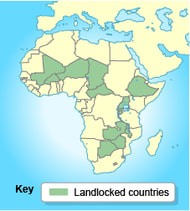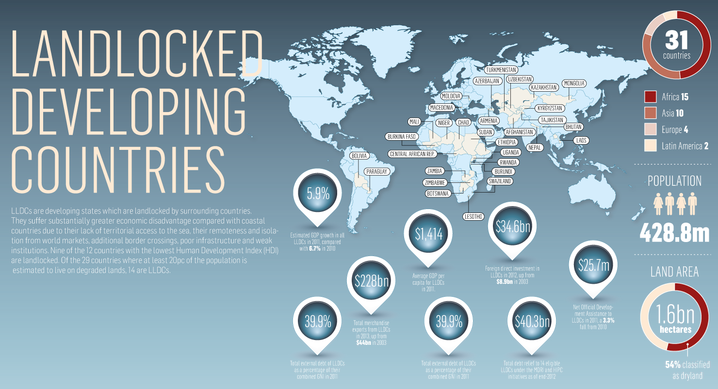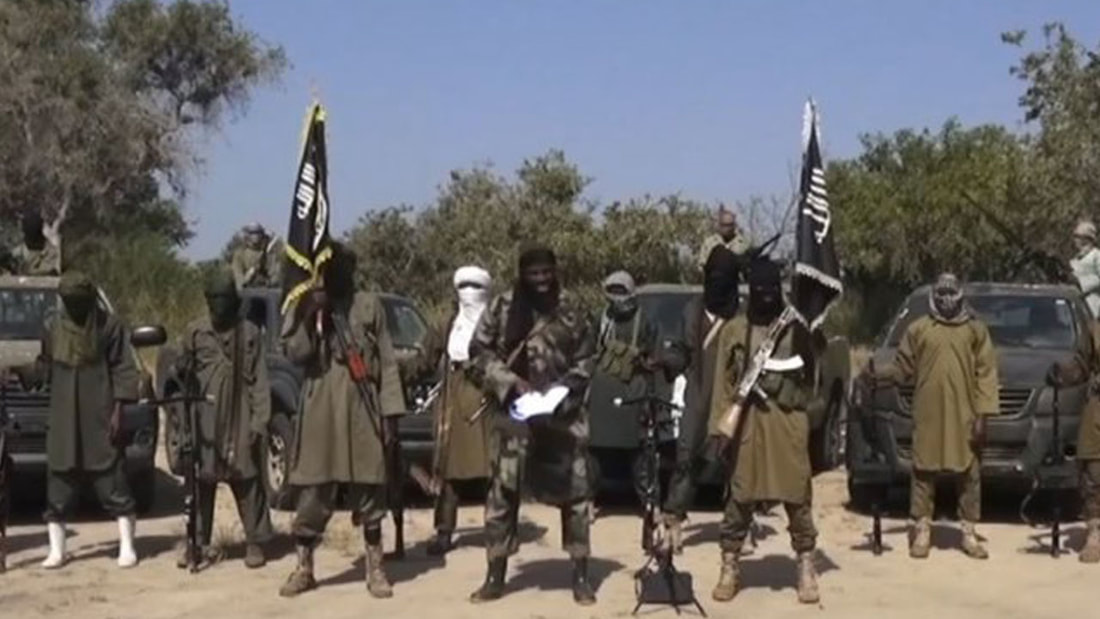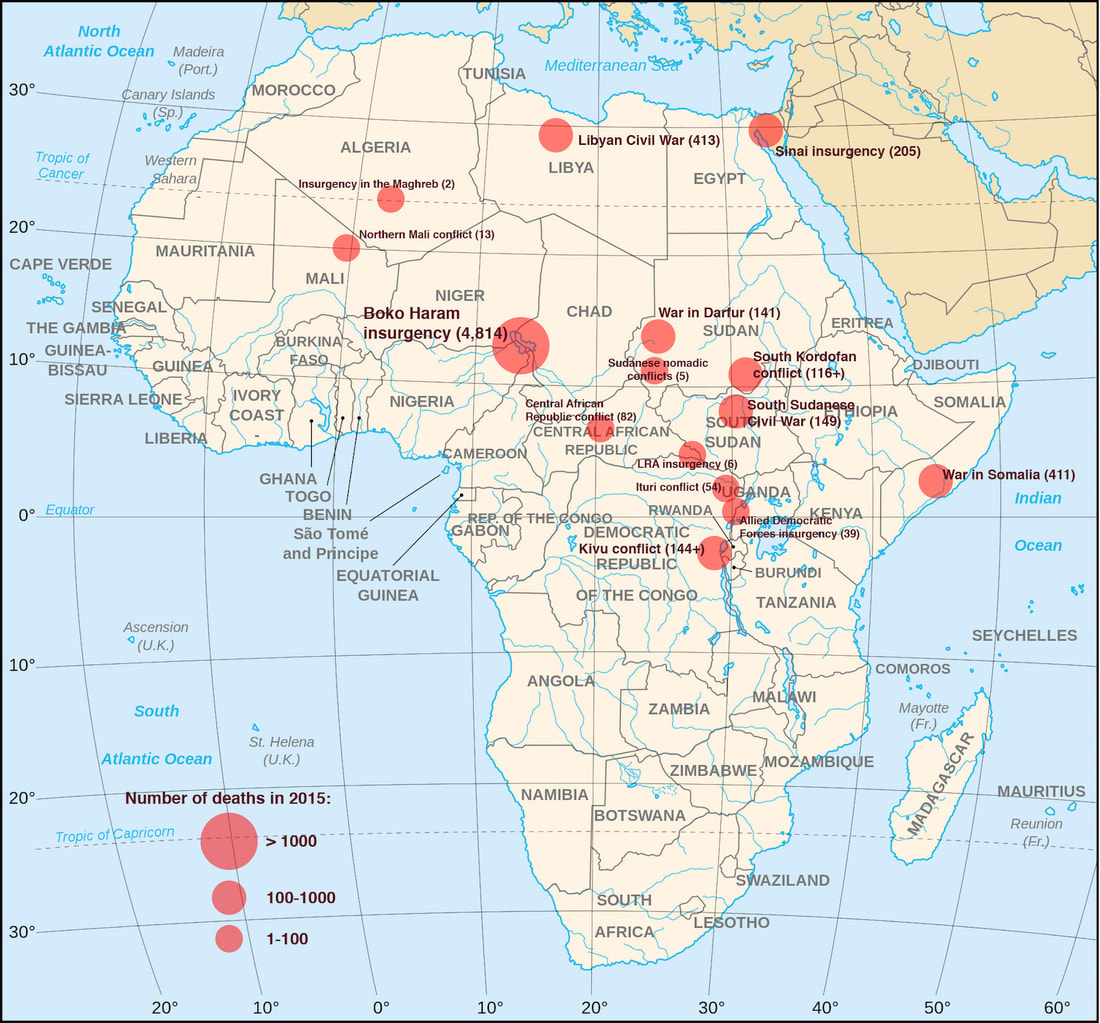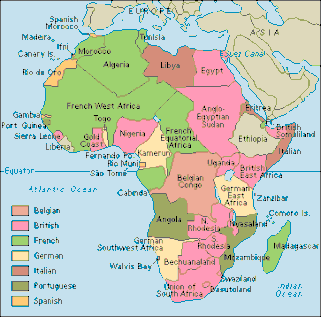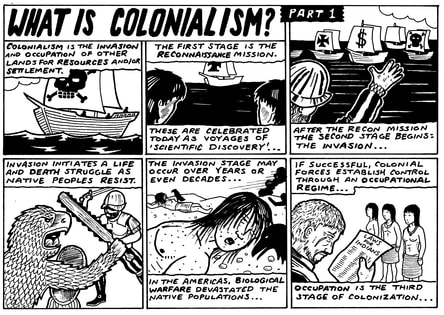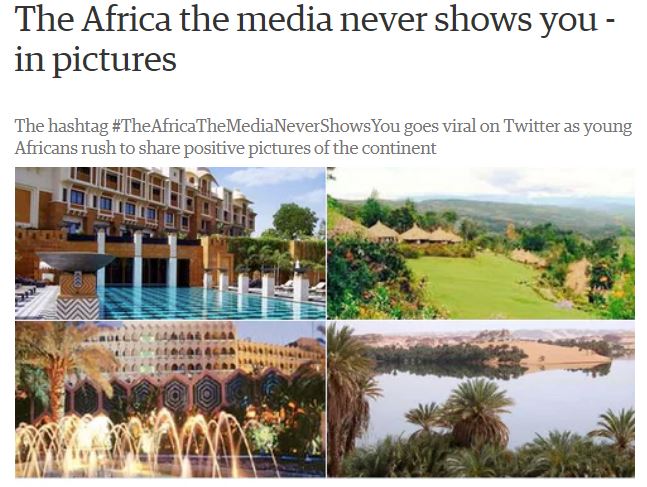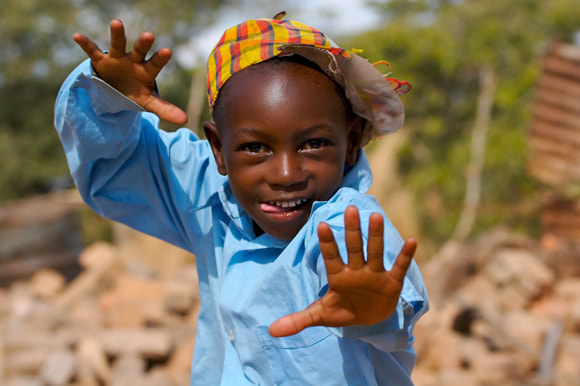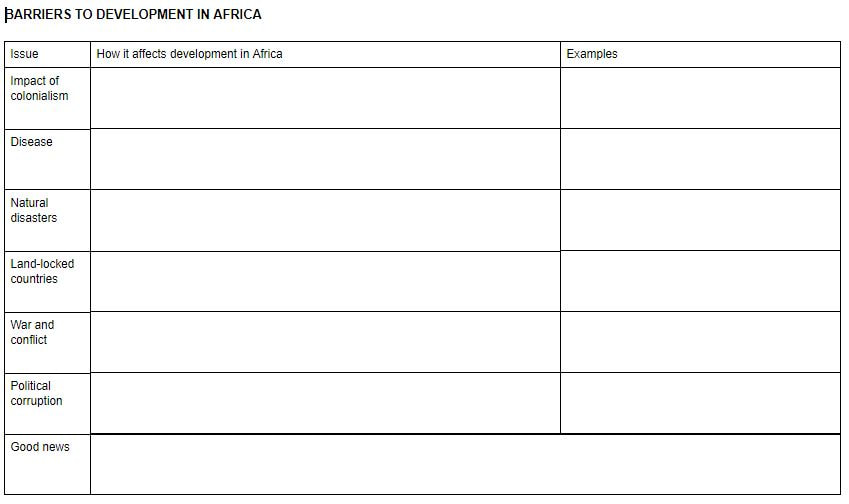Images of development in Africa: the danger of a single story?
What are your images of the continent of Africa?
Watch the video above and consider...
Now think more carefully about how you perceive the continent of Africa. Create a mind-map to summarise your ideas/images. You could use the diagram below as a starting point.
- What do you see that matches your images and ideas of what Africa is like?
- What is not part of your expectations? How does it challenge your ideas (or even prejudices) about Africa?
Now think more carefully about how you perceive the continent of Africa. Create a mind-map to summarise your ideas/images. You could use the diagram below as a starting point.
Images of Africa
Study the images below and then complete the table at the bottom. Again consider which images challenge your ideas? Why?
Click on the table to open a copy in Google Docs,
The Danger of a Single Story
- In your own words, summarise the main point or points that Chimamanda makes in her talk.
- How does this connect to how we might view people who live in LICs?
- What can we do about this? What can we do ourselves to make sure we are fair when we think about people? How can we educate/challenge others?
Barriers to development in Africa
Understand how environmental, economic and political challenges have restricted Africa’s development.
You are going to think about some of the challenges that Africa has faced which have affected development.
Each group will be given a topic to research and present to the rest of the group. You must think about why this “challenge” has restricted Africa’s development.
You must include the following:
You are going to think about some of the challenges that Africa has faced which have affected development.
Each group will be given a topic to research and present to the rest of the group. You must think about why this “challenge” has restricted Africa’s development.
You must include the following:
- Map of Africa to show where the problems are
- Explanation of the problem/issue
- Ideas about how development has been restricted by this challenge
- Ideas of innovative solutions or ways to move past the problems
Health issues and disease
Political corruption
Landlocked countries
War and conflict
Legacy of colonialism
The Good News
Summary
Click on the table below to open your own copy of the table. Use the information from your classmates' presentations to complete in detail.
Essay
What are the key barriers to economic development in the continent of Africa? Explain using examples to support your argument. Suggest some strategies to overcome these barriers and possible sources of optimism for future African development.
